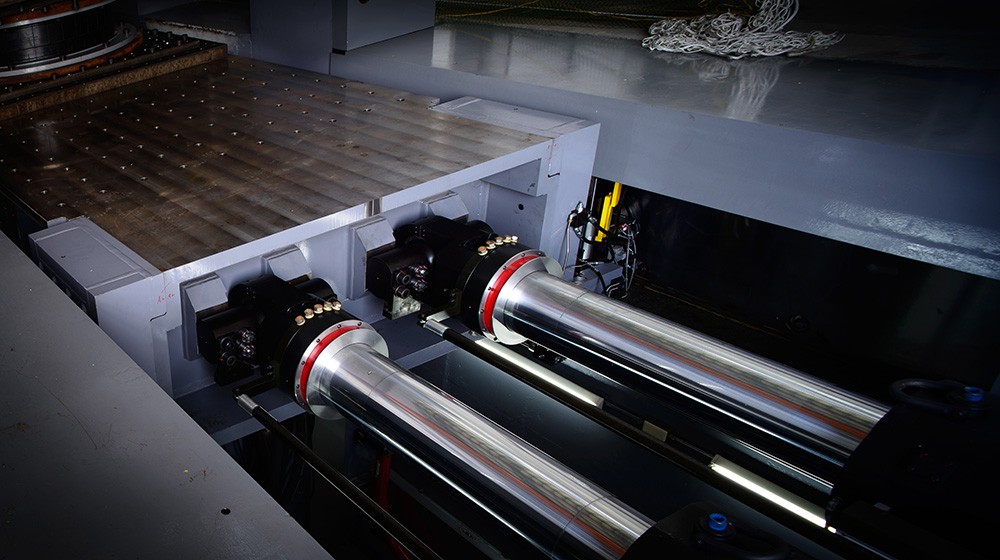About
The “NCREE Tainan Laboratory Grand Opening Forum” is held to celebrate the official operation of NCREE’s next-generation 8mx8m triaxial shaking table for high-speed long-stroke dynamic tests to simulate near-fault pulse-like earthquake waves. This new laboratory aims for bringing the domestic and international earthquake engineering community a new platform for pioneer research collaborations.
NCREE’s Taipei headquarters laboratory houses a 5mx5m triaxial shaking table for real dynamic experiments, reaction-wall strong-floor testbed for quasi-static experiments, and a Multi-Axial Testing System (known as MATS) for quasi-static high axial load tests. During the past years, NCREE headquarters laboratory has taken its researchers, domestic and international academics to carry out a good number of world’s cutting edge experiments that created technological breakthroughs in the field of earthquake engineering, and thereby imposed significant impacts on earthquake engineering practice. There have been wonderful moments from utilizing the current facilities, but research is an endless journey. As such, NCREE is dedicated to construct its second laboratory, called NCREE Tainan Laboratory, to feature a 8mx8m high-speed long-stroke triaxial shaking table for earthquake response simulation, and a high speed Bi-Axial Testing System (known as BATS) for dynamic high axial load tests. The NCREE Tainan Laboratory is close to the Taiwan High Speed Rail Station of Tainan, and has a comparable floor area to its Taipei Headquarters, but houses far more advanced cutting-edge testing facilities. The construction of NCREE Tainan Laboratory is now complete, and will be in official operation in August 2017. NCREE Tainan Laboratory will enable its researchers, domestic and international academics to boldly explore the technological frontiers that have never been visited before.

In Taiwan, there are twenty Holocene (i.e., Category-I) active faults according to the Central Geological Survey. Based on this fact, 2.5 million buildings and 8.6 million residents live within a 10 km perimeter of these faults. As such, the Ministry of Science and Technology, National Development Council, National Applied Research Laboratories, and National Cheng Kung University (NCKU) jointly supported the construction of NCREE Tainan Laboratory in NCKU Gueiren (歸仁) Campus to enable research applied to mitigate potential near-fault catastrophic threats. In the immediate neighborhood of the NCREE Tainan Laboratory, there are Fire Experiment Center, and Mock-up Testing and Wind Tunnel Laboratory operated by the Architecture and Building Research Institute (ABRI), the Ministry of Interior. All these three laboratories, when brought together, will be able to form a Research Park for Near-Fault and Multiple Hazards Mitigation. This hazard mitigation Research Park provides a great opportunity to see how far academics and professionals can push the boundary and deal with technological challenges from near-fault threat as well as multiple hazards. The purpose of the international forum is, therefore, two-fold: First, to celebrate the grand opening of NCREE Tainan Laboratory. Second, to envision research needs in the near future by assimilating opinions and recommendations collected from world-leading experts and professors to ultimately reach community resilience under near-fault and multiple-hazards threats; in this regard, a proceedings publication from the forum will become the most up-to-date reference to guide the future research of the NCREE Tainan Laboratory, and its collaborations with domestic as well as international researchers in the upcoming years.